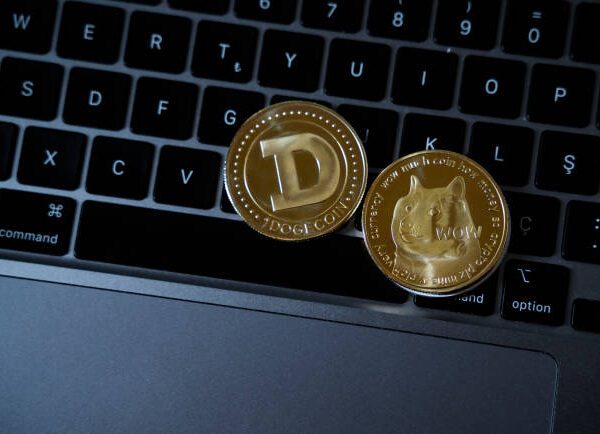On-chain data shows that the Bitcoin Mining Hashrate has just set a new all-time high (ATH) despite the asset’s bearish trajectory.
7-Day Average Bitcoin Mining Hashrate Has Shot Up Recently
The “Mining Hashrate” refers to a metric that keeps track of the total amount of computing power that the miners as a whole have connected to the Bitcoin blockchain. The miners need this computing power because the BTC network uses a Proof-of-Work (PoW) based consensus mechanism, where validators compete against each other to solve mathematical problems to add the next block to the chain.
As such, the Hashrate can reflect how the miners are looking at the cryptocurrency. A rise in the metric could suggest these validators are finding the asset attractive right now, so new miners are coming and/or old ones are expanding their facilities.
Similarly, a decline implies some of the miners have decided to disconnect from the network, potentially because they no longer believe BTC mining is profitable.
Now, here is a chart that shows the trend in the 7-day average Bitcoin Mining Hashrate over the past year:

Looks like the 7-day average value of the metric has been rising over the past day | Source: Blockchain.com
As displayed in the above graph, the 7-day average Bitcoin Mining Hashrate had shot up near the end of July to set what was then a new record for the metric. Following this high, however, the indicator had seen a rapid decline and it wasn’t until the second half of August that the metric made some recovery.
This recovery had maintained for a while, but the indicator ended the month with a retrace back to the earlier lows. As for why these trends played out the way they did, the corresponding BTC price action could hold the answer.
The Bitcoin miners make the primary part of their income through the block subsidy that they receive upon solving blocks on the network. A feature of the chain is that these rewards stay fixed in BTC value and are also more or less given out at a fixed time-interval.
What this means is that there is only really one variable associated with them: the USD value of the cryptocurrency. Thus, whenever the price rises, so does the revenue of the miners. The late July high in the Hashrate had occurred as BTC had rallied towards the $70,000 level, while the decline that succeeded this peak had taken place as the asset itself had seen a sharp drawdown.
Interestingly, since September kicked off, the 7-day average Bitcoin Mining Hashrate has been rising despite the fact that the price has been constantly going down instead.
This suggests that the miners have decided to be bold and have expanded their facilities in anticipation of a future rally. The Hashrate had also shown a similar trend earlier in the year, which had led to the rally towards the ATH price for BTC.
It now remains to be seen whether this expansion of the Hashrate to a new ATH would work out for the Bitcoin miners this time as well or not.
BTC Price
At the time of writing, Bitcoin is trading at around $55,100, down almost 6% over the last seven days.
The price of the coin appears to have been heading down over the last few days | Source: BTCUSD on TradingView
Featured image from Dall-E, Blockchain.com, chart from TradingView.com














